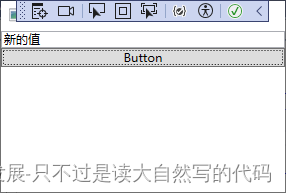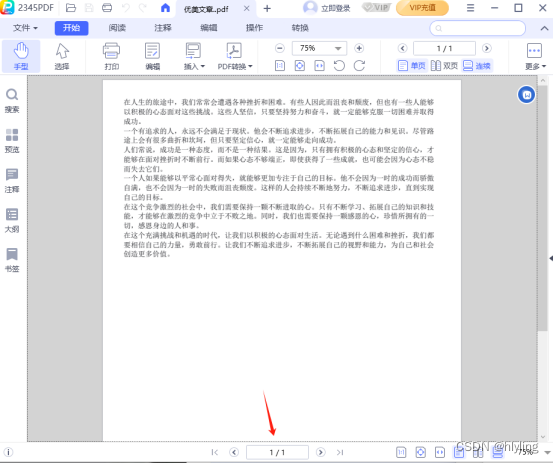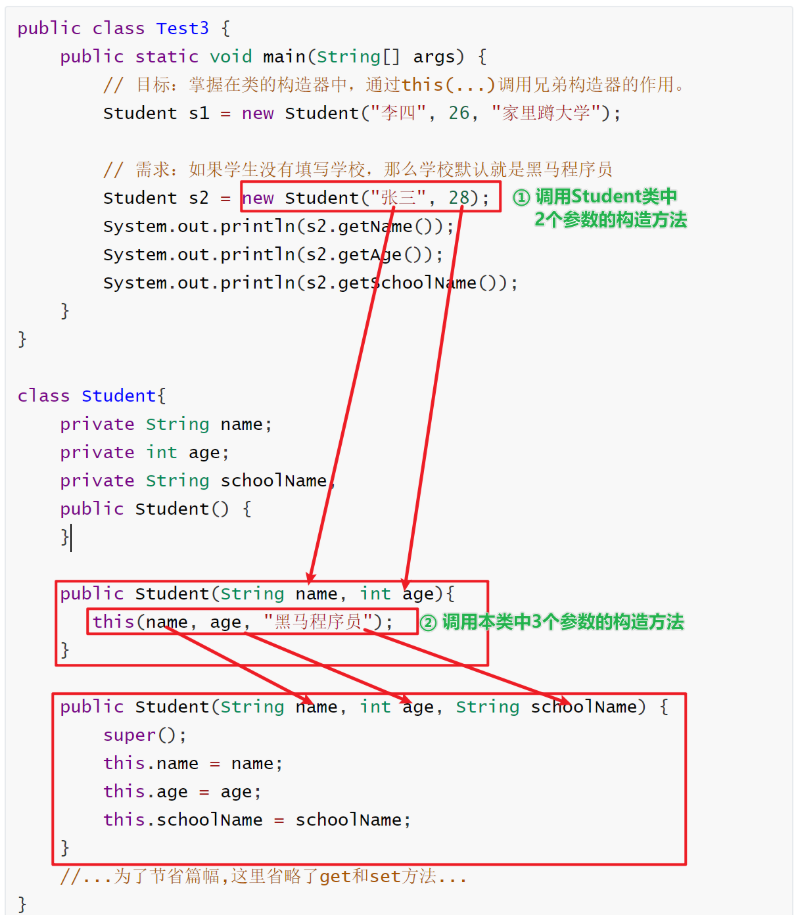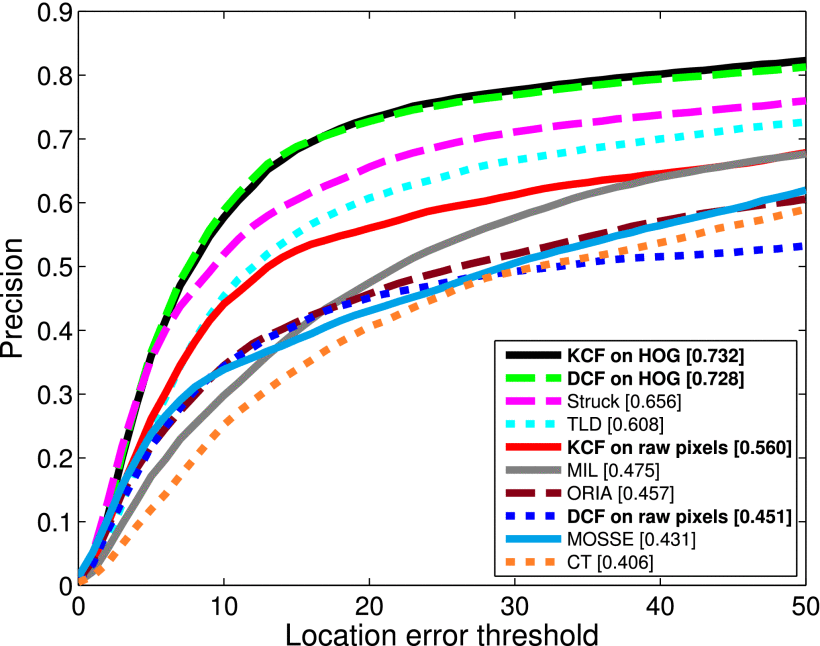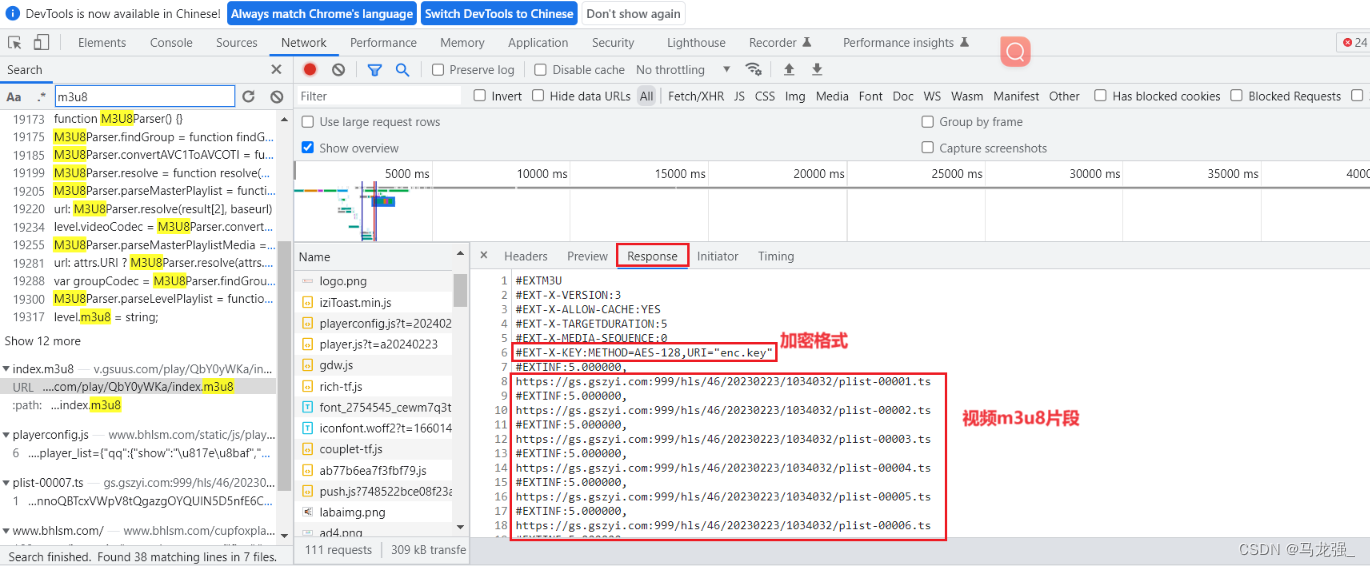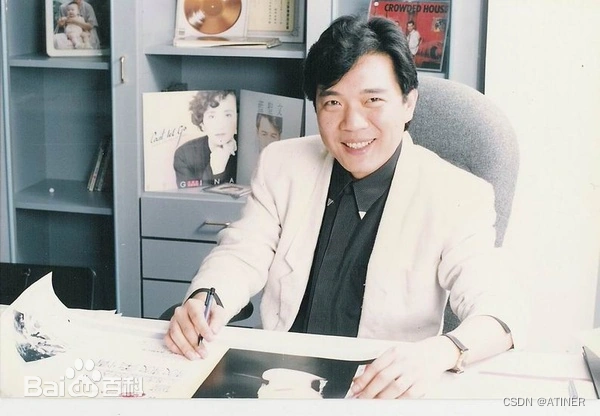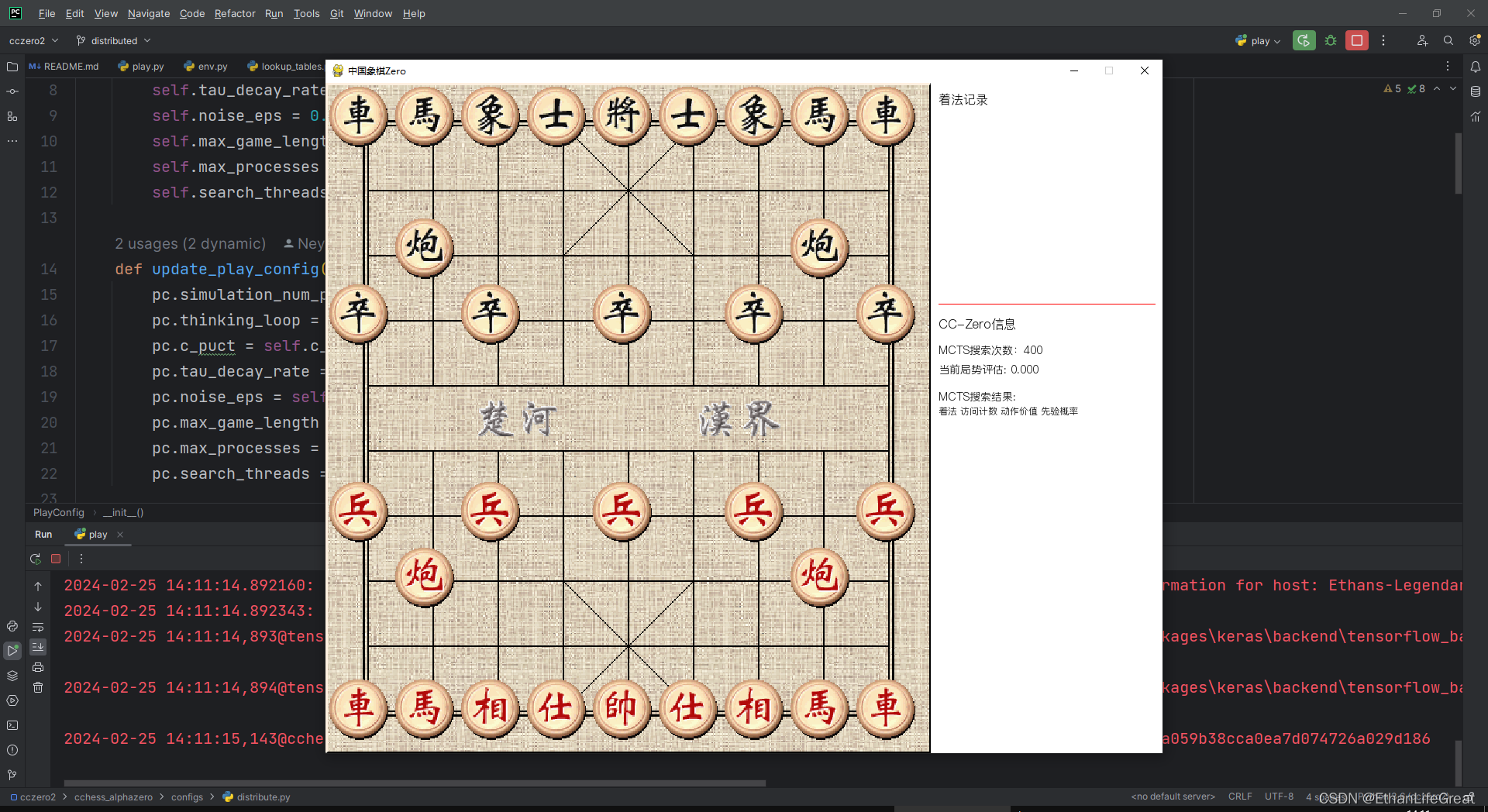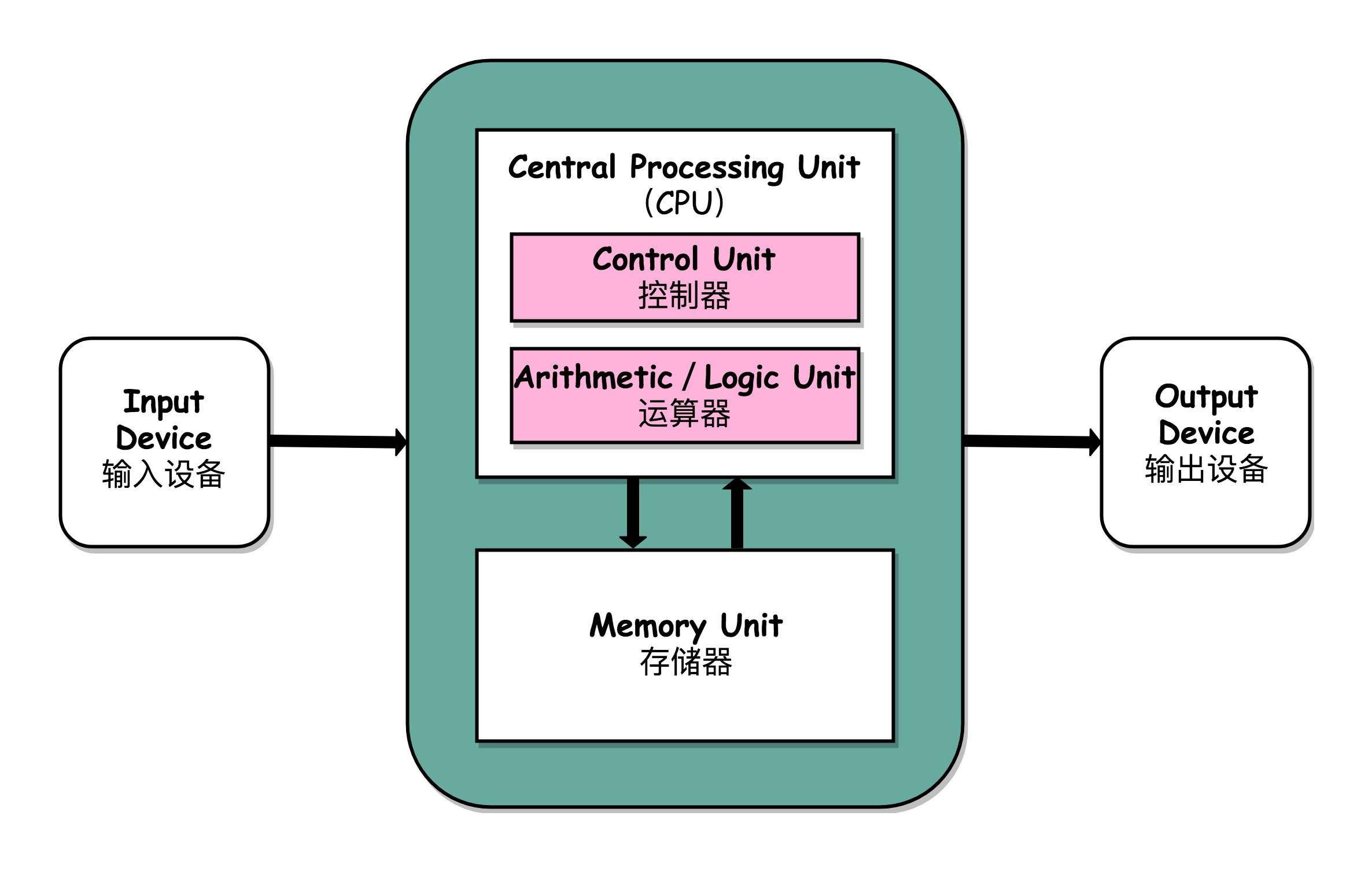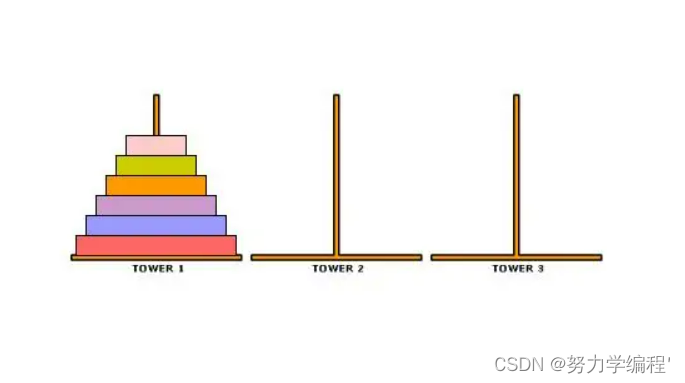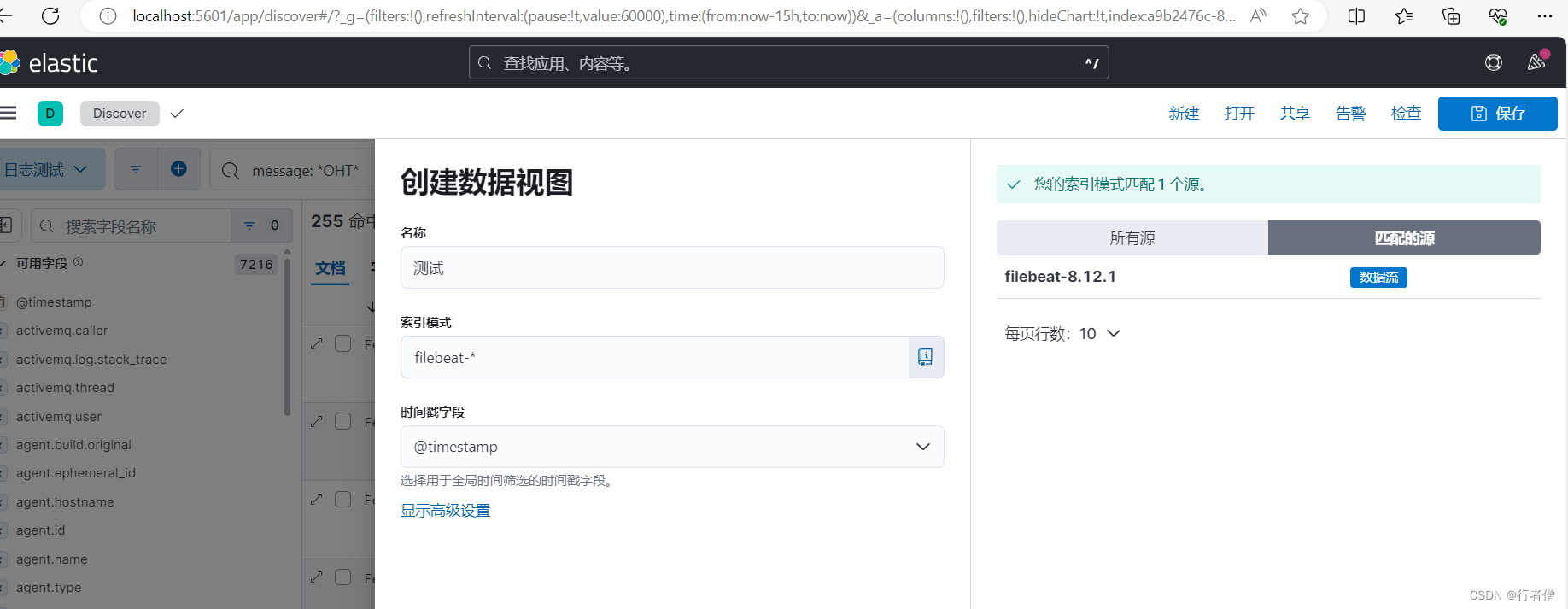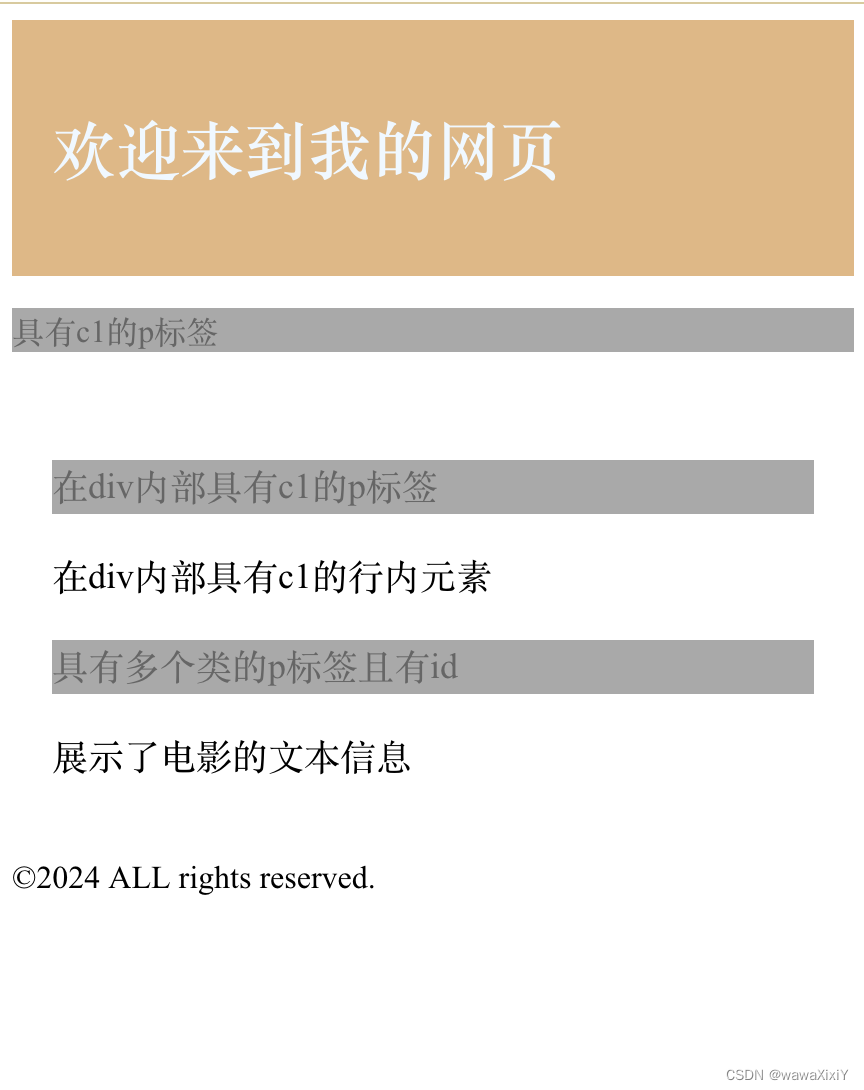1.概要
2.代码
2.1 xaml
<Window x:Class="WpfApp3.MainWindow"xmlns="http://schemas.microsoft.com/winfx/2006/xaml/presentation"xmlns:x="http://schemas.microsoft.com/winfx/2006/xaml"xmlns:d="http://schemas.microsoft.com/expression/blend/2008"xmlns:mc="http://schemas.openxmlformats.org/markup-compatibility/2006"xmlns:local="clr-namespace:WpfApp3"mc:Ignorable="d"Title="MainWindow" Height="200" Width="300"><StackPanel><TextBox Text="{Binding Path=Zhi}"></TextBox><Button Content="Button" Click="Button_Click"/></StackPanel>
</Window>
2.2 code
using System.ComponentModel;
using System.Text;
using System.Windows;
using System.Windows.Controls;
using System.Windows.Data;
using System.Windows.Documents;
using System.Windows.Input;
using System.Windows.Media;
using System.Windows.Media.Imaging;
using System.Windows.Navigation;
using System.Windows.Shapes;namespace WpfApp3
{/// <summary>/// Interaction logic for MainWindow.xaml/// /// </summary>public partial class MainWindow : Window{A a = new A();public MainWindow(){InitializeComponent();this.DataContext = a;}private void Button_Click(object sender, RoutedEventArgs e){this.a.Zhi = "新的值";}}class A:INotifyPropertyChanged{public A(){this.Zhi = "旧的值";}private String _zhi;public String Zhi {set { _zhi = value; OnPropertyChanged(nameof( Zhi));} get { return _zhi; }}public event PropertyChangedEventHandler? PropertyChanged;private void OnPropertyChanged(String name){if (PropertyChanged != null) { PropertyChanged.Invoke(this, new PropertyChangedEventArgs(name));}}}
}3.实验结果
